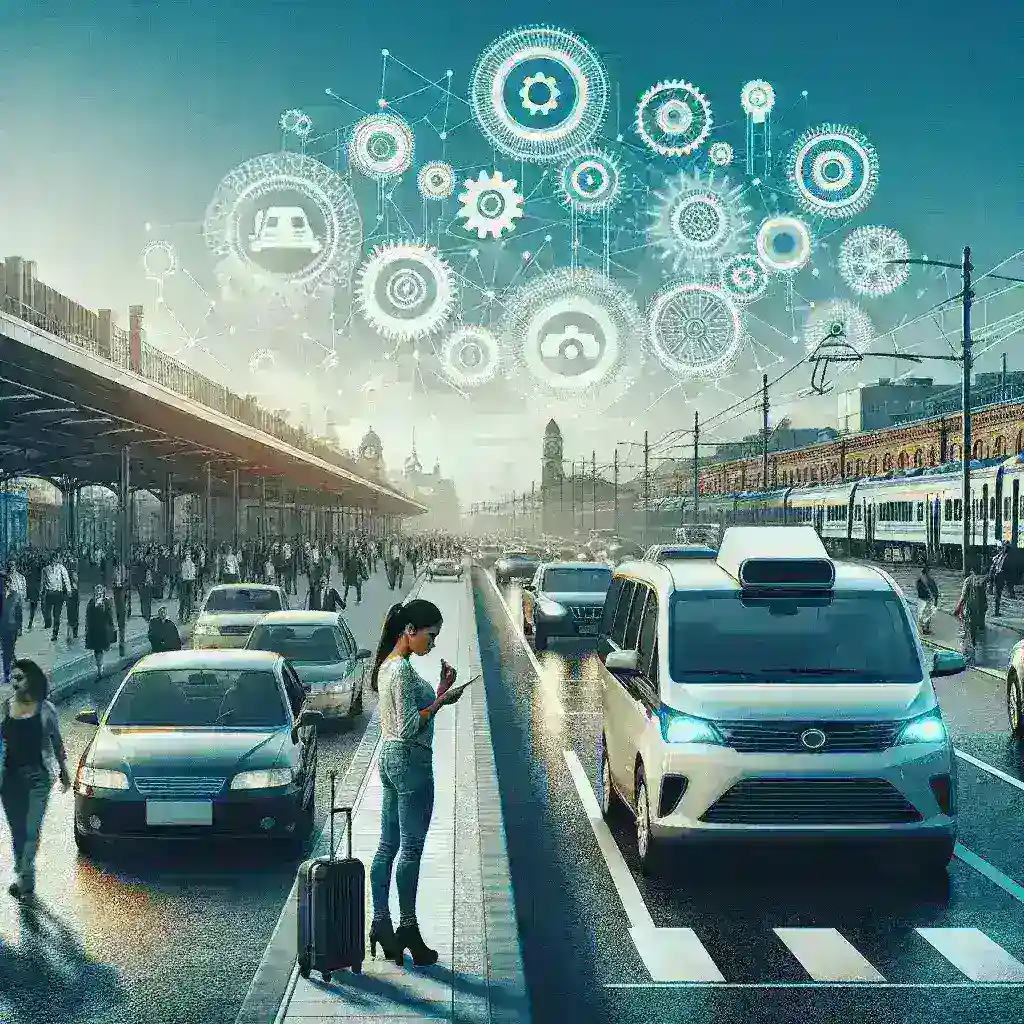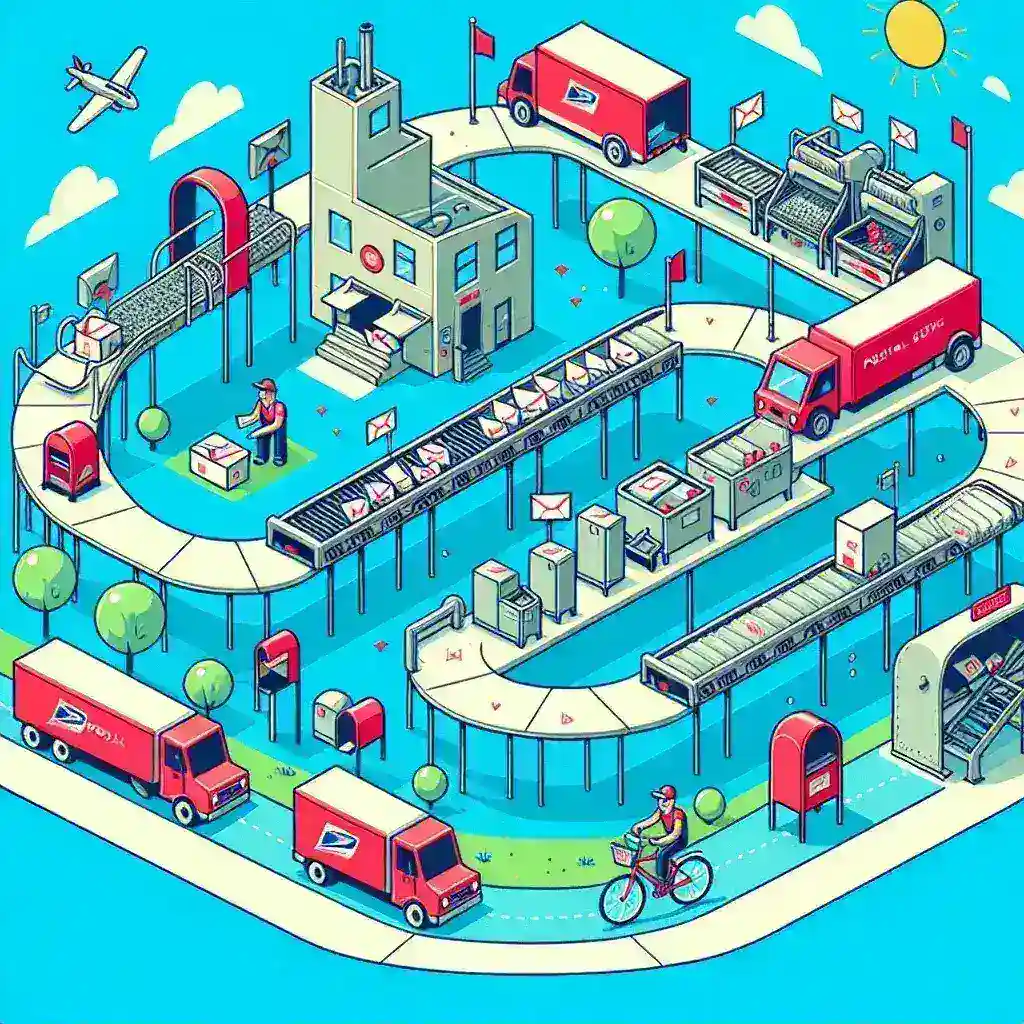Introduction
In a significant move to improve user experience, Uber has announced an expansion of its app capabilities to include the seamless purchase of Amtrak tickets. This integration not only streamlines travel logistics but also represents a growing trend in the transportation industry where collaboration among service providers enhances the journey for travelers. This article delves into the implications of this integration, its historical context, and what it means for the future of urban and intercity travel.
The Evolution of Transportation Apps
The transportation sector has witnessed a rapid transformation over the past decade, fueled by technological advancements and a shift in consumer expectations. Uber, which revolutionized ride-hailing, has consistently expanded its services beyond just car rides. The integration with Amtrak is the latest step in a series of strategic collaborations that aim to create an all-in-one travel solution for users.
Historical Context
The concept of integrating multiple transportation modes is not new. Historically, trains have been a crucial component of long-distance travel in the United States. However, the rise of ride-hailing services like Uber and Lyft has reshaped how people think about transportation. By adding Amtrak ticket purchasing to its app, Uber acknowledges the need for a more interconnected travel experience. Users can now book their entire journey, from urban commutes to intercity rail travel, all within a single platform.
Key Features of the Integration
- Seamless Booking: Users can now purchase Amtrak tickets directly through the Uber app, providing a unified booking experience.
- Real-time Updates: Travelers will receive updates on train schedules and any changes, minimizing the stress of last-minute travel adjustments.
- Enhanced Travel Planning: The app will offer suggestions on the best travel combinations, including Uber rides to and from train stations.
- Streamlined Payment Options: Users can pay for both Uber rides and Amtrak tickets using the same payment method, simplifying the checkout process.
Benefits of the Integration
This integration holds numerous benefits for travelers. By consolidating travel options within a single application, Uber enhances convenience and efficiency:
1. Increased Convenience
In a world where time is of the essence, the ability to book rides and train tickets in one place significantly reduces the hassle of managing multiple apps and accounts. Users can view their entire travel itinerary at a glance and make changes as needed.
2. Improved Connectivity
For those who rely on public transportation, timely connections are crucial. The integration allows for synchronized travel planning, ensuring that Uber rides align perfectly with Amtrak schedules. This improved connectivity can lead to fewer missed connections and a smoother travel experience.
3. Cost-effective Options
By utilizing the Uber app for both rides and trains, users may find cost-saving opportunities. The app can suggest the most economical combinations of travel, allowing users to choose options that fit their budget.
4. Environmental Impact
Promoting the use of trains for longer distances, coupled with ride-sharing for short trips, aligns with a more sustainable travel approach. This integration encourages users to opt for public transport, reducing the carbon footprint associated with personal vehicles.
Challenges and Considerations
While the integration presents numerous advantages, there are also challenges that both Uber and Amtrak must navigate:
1. User Adoption
As with any new feature, user adoption is crucial for success. Both companies need to promote this new option effectively to ensure that travelers are aware of its existence and benefits.
2. Technical Challenges
Integrating two large-scale systems poses technical challenges, including maintaining real-time data accuracy and ensuring user privacy and security during transactions.
3. Market Competition
The transportation app market is highly competitive. Uber will need to continuously innovate and improve its offering to retain users and attract new ones.
Future Implications for Travel
This move by Uber may signify a broader trend in the transportation industry towards greater collaboration. As urban areas become more congested and the demand for efficient travel increases, partnerships between ride-hailing services and public transportation systems could become the norm rather than the exception.
Prediction: A Multi-modal Future
As technology continues to evolve, the expectation for a multi-modal travel experience will grow. Consumers will seek out platforms that provide comprehensive travel solutions, and services like Uber’s integration with Amtrak may pave the way for future collaborations with other transportation providers, including buses, ferries, and even air travel.
Conclusion
The expansion of Uber’s app to include Amtrak ticket purchasing marks a significant milestone in the evolution of travel technology. By fostering a seamless travel experience that integrates different modes of transportation, Uber not only enhances its service offering but also sets a precedent for the future of urban and intercity travel. As we look ahead, it will be interesting to see how this collaboration evolves and what other partnerships may emerge as transportation providers work to meet the ever-changing demands of modern travelers.

